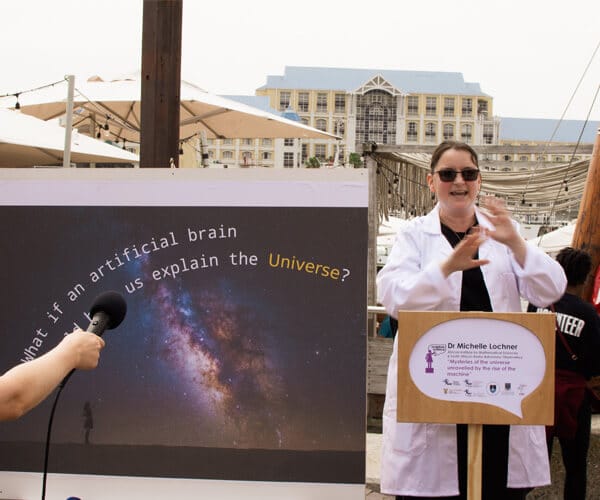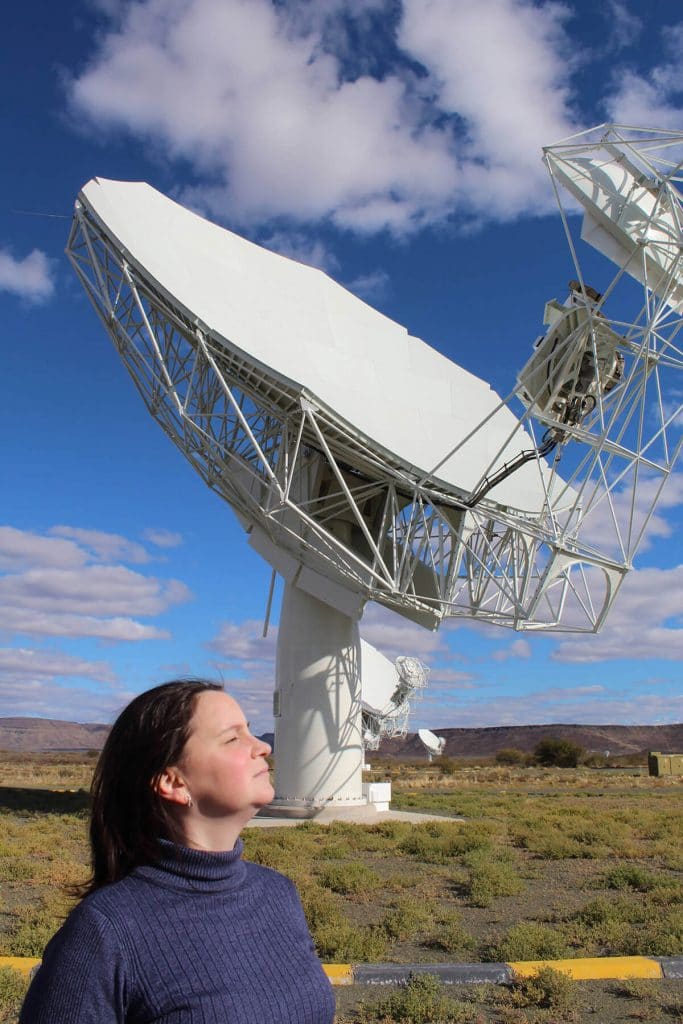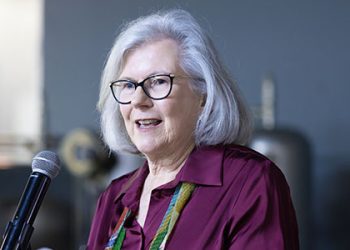South Africa hosts one of the most sophisticated radio telescopes – Square Kilometres Array (SKA) – in the world which is capable to churns thousands of valuable scientific data about the galaxies. It is an ideal platform where scientists and researchers from across the globe converge to detect distant radio signals from the early Universe in granular details.
Next generation of telescopes
One of the local and young scientists who is involved in the next generation of telescopes is an astrophysicist, Dr Michelle Lochner. She boasts a number of accolades under her belt and these include, among others, receiving an NRF P rating, being elected to the South African Young Academy of Science. Recently, Dr Lochner has been awarded a R1.9 million grant to support a PhD and post-graduate working under her on projects related to Chile’s Vera C. Rubin Observatory. She says the new telescopes need new techniques and that her research focus is on rethinking how to do scientific analysis in the era of massive datasets.

Powerful scientific tools
A senior lecturer in the department of physics and astronomy at the University of the Western Cape, Dr Lochner is currently working on developing new machine learning techniques to automatically analyse data with a view to making new scientific discoveries among datasets of millions of astrophysical objects.
These datasets are harvested from two global telescopes, namely, SKA and the Vera C. Rubin Observatory (LSST) in Chile, which provide “giant eyes on the far skies”. The two are not only regarded as powerful scientific tools but they also have enhanced capabilities to penetrate deeper into space and time and help decipher some of the hidden mysteries of the Universe.
Supernovae
Dr Lochner has also been involved in a few machine learning papers, led by bright young scientists from around the world,developing and applying machine learning techniques to detect rare astronomical phenomena. Together with UK colleagues, Dr Lochner recently published a paper applying machine learning for the classification of supernovae (exploding stars). She is one of the few recipients of South African Rubin Observatory Principle Investigators (PIs). This is an accolade awarded to scientists outside of the US and Chile to allow them access to Rubin data before it becomes public. The grant has been awarded to her and two other South African PIs to support their work on this important international project.

Accolades
Dr Lochner’s other achievements include:
- winning the first ever South African Famelab competition in 2013
- was a top ten finalist in the international Famelab competition also known as the “pop idols of science”.
- She also founded and is the director of the Supernova Foundation – a global organisation which supports and promotes women in physics from around the world, and
- took part in Soapbox Science, sharing the joys of STEM with women and girls outside of academia.
Solving challenging problems
“The best part of my job is telling other people about the things that we’re learning about the universe,” she said. “I love astrophysics because I’m always learning new things and solving challenging problems – the universe is a very interesting place! And it’s only when I tell other people about my research, the techniques we’re developing and the mysteries we’re working on that I remember quite what an amazing universe it is we’re living in.”
Discovering something unexpected
At the moment Dr Lochner says she is developing a set of general tools applying machine learning for astronomical data and hopes they can help discover something unexpected in some MeerKAT data. “In a few years, the Vera C. Rubin Observatory will have first light and then a ton of beautiful new data will come in so I’m sure that’ll keep me very busy. We’ll have the SKA a few years after that so I suspect I’ll be spending a long time exploring new datasets,” she says.







